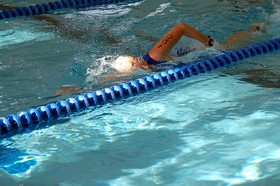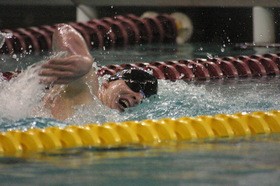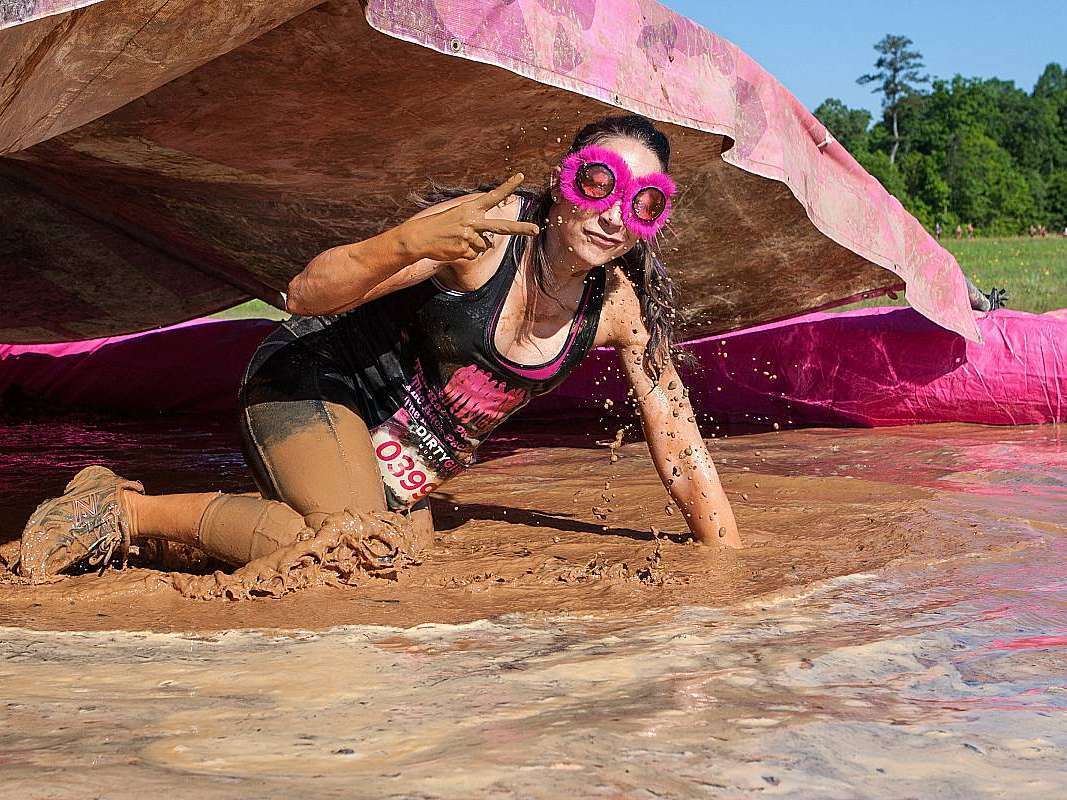 We’ve all heard the phrase “practice makes perfect.” But it’s not necessarily true.
We’ve all heard the phrase “practice makes perfect.” But it’s not necessarily true.
If your technique is flawed, all that “practice” does is reinforce something that ultimately is going to prevent progress and performance.
Here’s one of those little triathlon “secrets” that takes an amateur awhile to get in their head. Your success and performance as a triathlete will be limited more by your skills than what we typically think of as “fitness.”
Case in point: Derek Clayton. Until 1981, Clayton held the world record for marathon – 2:08:34. Surprisingly, his VO2 max paled in comparison to his rival competitors. None of these runners came close to Clayton’s time, despite having superior cardiovascular engines. How did Clayton do it? Economy. He simply wasted less energy when he ran than did his competitors. Clayton had perfected a highly economical running technique.
So, here’s my advice: FOCUS ON TECHNIQUE! Get it right, give it attention regularly, and incorporate technique work as a non-negotiable component of your triathlon training plan.
There is no place where the issue of technique comes up for the triathlete more than in swimming.
Swimming Technique
The energy cost of swimming is much higher, compared to running and biking.
The reason is that water is close to a thousand times denser than air. Any slight flaw in form is magnified exponentially in the water.
Water is a significant barrier for the human shape to move through. We weren’t endowed with the shape and instincts of fish. We are humans, which are land-based animals. Michael Phelps isn’t a fish either; he had to train himself to become the phenom swimmer that he is.
When it comes to swimming, the big difference between the typical triathlete and a competitive swimmer is that the competitive swimmer can go 50% faster using the same level of work output. Why? The efficiency and economy of their form relative to the water.
Triathletes Are Weakest At Swimming
For most people entering the sport of triathlon, swimming is their weakest skill. Percentage wise, there just aren’t as many people who have a competitive swimming background.
What often compounds the problem is the assumption that the freestyle or crawl stroke is fairly simple and straightforward, and that the beginning swimmer can more or less sufficiently figure it out on their own with a couple visits to the pool.
Sadly, too many triathletes are now entering the endurance-building phase of the annual triathlon training cycle, which means they are essentially going to lock in all that muscle memory on a faulty swim stroke.
Successful Swimming Technique
Efficient swimmers appear to knife through the water with little effort, like human torpedoes. The term “vessel shaping” was coined for this idea, which is attempting to minimize the space the body takes up in the water as well as the shape the body presents to the water.
Some swim coaches are convinced that 70% of successful swimming depends on proper body positioning in the water, and 30% depends upon the power component of hand and leg movement.
The theory here is that a long, narrow body moving in an imaginary straight line increases speed because it reduces drag, which occurs when your hips and legs drop.
The Freestyle Arm Stroke
 Another critical component to proper technique for the freestyle or crawl is the arm stroke. The freestyle arm stroke can be broken down in several phases:
Another critical component to proper technique for the freestyle or crawl is the arm stroke. The freestyle arm stroke can be broken down in several phases:
-
Entry phase – the point at which your hand and arm enter the water
-
Downsweep phase – the downward path of your arm and hand in the water
-
Catch phase – a flex of the wrist down and out with a cupped hand near the end of the downsweep
-
Insweep phase – the beginning backward path of your arm and hand
-
Unpsweep phase – a powerful push, first backward from the chest to the waist, and then up, out of the water, and back toward full extension
-
Recovery phase – repositioning your arm for the next stroke
Seem complicated? My hope in giving you the above breakdown of the freestyle arm stroke is to convince you take the matter of focusing on developing the proper and most economical form or technique seriously. It’s that important!
The Flutter Kick
The next key area is the flutter kick.
The benefit of the flutter kick is in stabilizing the arm stoke and keeping you horizontal in the water.
Contrary to popular belief, the purpose of the flutter kick is not to power you forward. Triathletes need to conserve their kicking effort, expending only enough energy to stabilize the trunk and aid in keeping the body horizontal to the water’s surface.
The Breathing Techinque
There is also the critical component of breathing — turning your head sideways to breathe into your body roll. You must turn your head with as much of your head remaining in the water as possible.
The head weighs 16 pounds, lifting it out of the water forces the rest of the body down, which sacrifices horizontal alignment.
Sighting While Swimming
Triathletes also have to master the technique of open water “sighting” — which is intermittingly adding a move to your breathing motion as you swim, enabling you to spot course buoys so you can stay on course.
Distance swimmers recommend using a bilateral breathing technique (breathing on both sides) because it helps round out the stroke. Bilateral breathing also allows you to sight on both sides, so you can easily spot course buoys whether they’re on your right or left.
3 Ways To Become A Better Swimmer
1. Have a swim coach or experienced swimmer observe and offer input about your swim stroke. You may also consider taking a swim technique class or a Masters Swim class, both of which are offered at my local YMCA.
2. Explore
the resources designed to help triathletes improve their swimming. Expert Village also has many training videos you can view online.3. Have a balanced training plan for swimming by incorporating drills for technique work. You can also find swim drill tips online. (Here’s a part one, part two, part three series on swim drills.)



